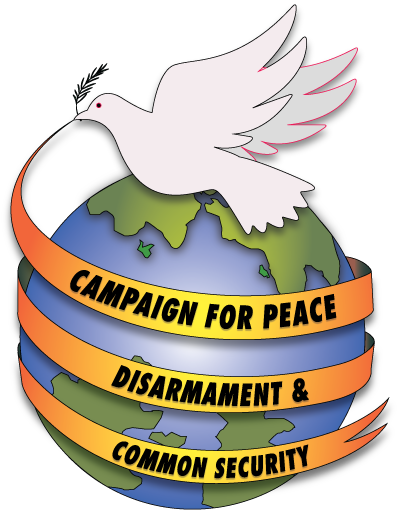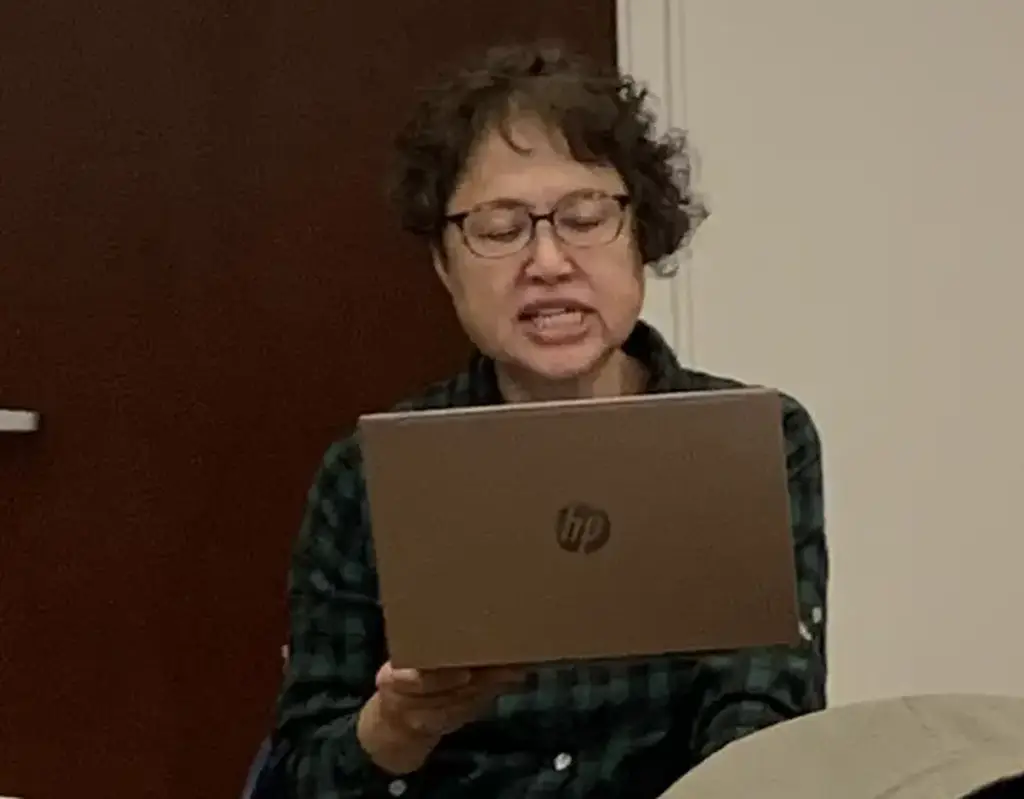Nov. 28 meeting
As many of you mentioned, the crises threatening the survival of humanity such as war and threats to use nuclear weapons have continued. How to solve them is our common task.
We think that solutions for the current crises have already existed. They are: the UN Charter that calls for peaceful settlement of international disputes without the threat or use of force, the UN first resolution calling for the elimination of atomic weapons, all provisions of NPT including Article 6, and all agreements in the NPT such as the unequivocal undertaking accepted in 2000 by the nuclear weapon states to accomplish the total elimination of their nuclear arsenals leading to nuclear disarmament, the 2010 agreement that set the goal of “achieving peace and security of a world without nuclear weapons” agreed rather than “peace and security by nuclear weapons” and the 1995 resolution of establishing a nuclear-weapon-free zone in the Middle East. They are what humanity has established, reflecting on the tragic World War II and the atomic bombings of Hiroshima and Nagasaki. However, the permanent members of the UN security council that have a mission of protecting peace and security of the world are trampling on and violating these principles, rules and agreements to be honored. Here lies a real crisis.
In 2021 and 23, the UNGA adopted resolutions condemning Russian aggression of Ukraine as the violation of the UN Charter and urging its immediate withdrawal from Ukraine. More than 140 states supported them. It is noteworthy that at the G20 summit meeting held in India in September this year, a summit declaration reaffirming these resolutions was adopted by the leaders of both the US and Russia, though there it did not criticize Russia by name.
Behind this positive trend is a structural change in the world in which many countries which became independent after being liberated from colonial rule in the 20th century are playing an important role in creating an international order based on the UN Charter.
The entry into force of the TPNW means the birth of international law banning nuclear weapons for the first time in human history. This is also a structural change. With the legal normative force of the Treaty, combined with the power of governments and civil society around the world, we have started a new phase of paving the way to a world without nuclear weapons.
The existence of the TPNW constitutes a major force to tie the hands of use of nuclear weapons. During the Cuban Missile Crisis in 1962, the then U.S. administration responded to the former Soviet Union’s deployment of nuclear missiles in Cuba by preparing for nuclear war. Today, however, neither the U.S. nor NATO can openly declare nuclear retaliation against Russia’s threats to use nuclear weapons.
The number of signatories and ratifies of the treaty will reach a majority with 4 more countries. This year the resolution of the TPNW in the UN got 124 votes for and 43 against. Those opposed are nuclear armed states and nuclear relying states. They are NATO states, Japan and Korea. The Treaty is not just one of various measures for the prohibition of nuclear weapons. With cooperation among the UN, governments and civil society of the world, it is developing into a driving force for creating a world without nuclear weapons.
In Japan, we are faced with North Korea’s repeated missile tests, the US-China hegemonic rivalry over East China Sea, South China Sea and Taiwan, strengthening military blocs based on the free and open Indo-pacific strategy. In northeast Asia, the danger of war and the use of nuclear weapons is increasing drastically.
The Japanese government is opposed to the TPNW in spite of being an A-bombed country. At the G7 summit, it called for strengthening nuclear deterrence and is playing the role of a forefront base to contain China under the US strategy by promoting military buildup in Okinawa and southern parts of Japan, the deployment of missiles and a double increase of military spending. It is trying to revise the Constitution and turn Japan into a war fighting country.
In this situation, our movement is focusing on the signature campaign to urge the Japanese government to sign and ratify the TPNW and increasing public support for it through the A-bomb exhibitions, peace march and dialogue with the people. We believe that making the government join the treaty will be a great contribution to achieving the elimination of nuclear weapons and a nuclear weapon-free and peaceful Japan and a northeast Asia. Because this brings a drastic shift to Japan’s politics.
According to the public opinion poll, 70% of the Japanese people support Japan’s joining the TPNW. Though public opinion sways due to exposure to the daily propaganda on threats from North Korea and China, we have collected about 1.4 million signatures supporting Japan’s joining in the Treaty and our lobbying to local governments to adopt resolutions to the same effects is successful in getting 650 local governments, 40 % of a total, to adopt such resolutions.
The Hiroshima vision, put forward by G7 summit, met with severe criticism by Hibakusha and the Japanese people. The popularity of the Kishida government decreased to the 20% level. 64% of the people are opposed to a tax increase for military spending. It is trying to regain popularity by proposing childcare assistance and tax reduction in vain. We are collecting signatures by visiting each house. The activists are getting vigorous, saying that talking to the people is interesting. We are determined to make Japan’s joining in the TPNW a choice of the people for the change of politics.
I want to call on you to work together to develop the TPNW campaign in each country, demanding that your own government join it. In particular, the movements and enhancing public support in nuclear weapon states and nuclear umbrella states are especially important. I am now talking to Korean NGOs to promote this campaign together.
Most effective to overcome nuclear deterrence theory is inhumanity of nuclear weapons on which the TPNW stands. Through the hibakusha’s testimonies and A-bomb photo exhibitions, we are going to build up public opinion that peace and security cannot be protected by nuclear weapons. Please cooperate with us in spreading the messages of the Hibakusha so that we can defeat the nuclear deterrence theory internationally.

